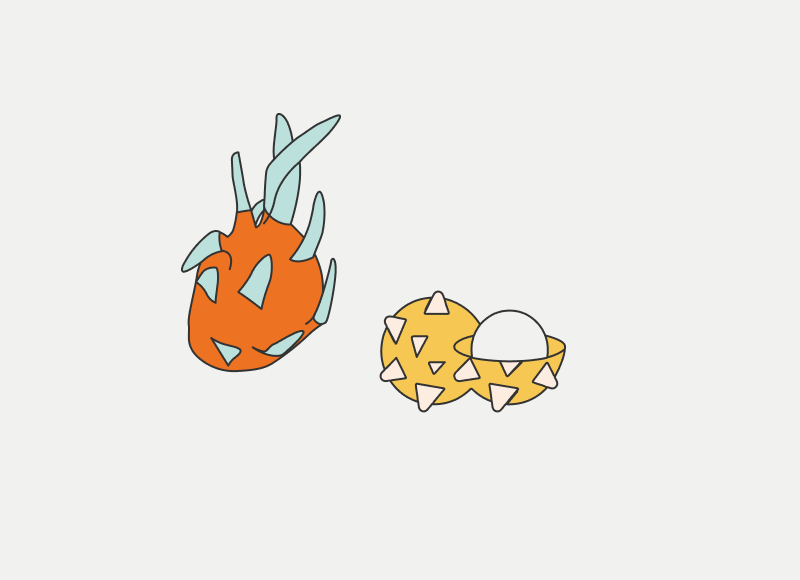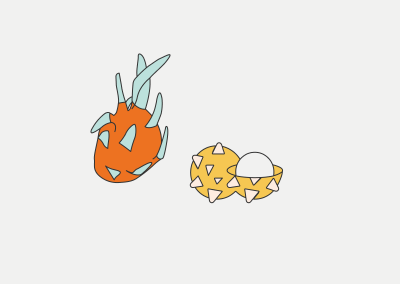8 Unusual Fruits to Try in China | Exotic Chinese Fruits Guide
We all know that there is a lot of difference between Western cooking and Chinese cooking styles including food, drinks and especially fruits. Due to different climates and geographical locations Chinese fruits are quite different from what many consider normal fruits. These unusual fruits in China are a must-try. Whether you are visiting China or living in China, exploring these exotic Chinese fruits will give you a unique taste of Chinese cuisine and culture.
1. Rambutan 红毛丹 (Hóngmáodān)
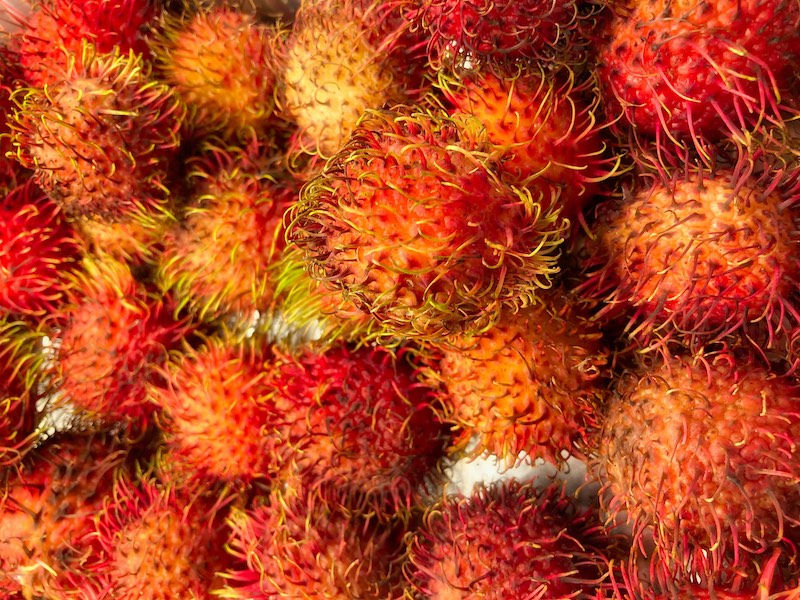
2. Durian 榴莲 (Liúlián)
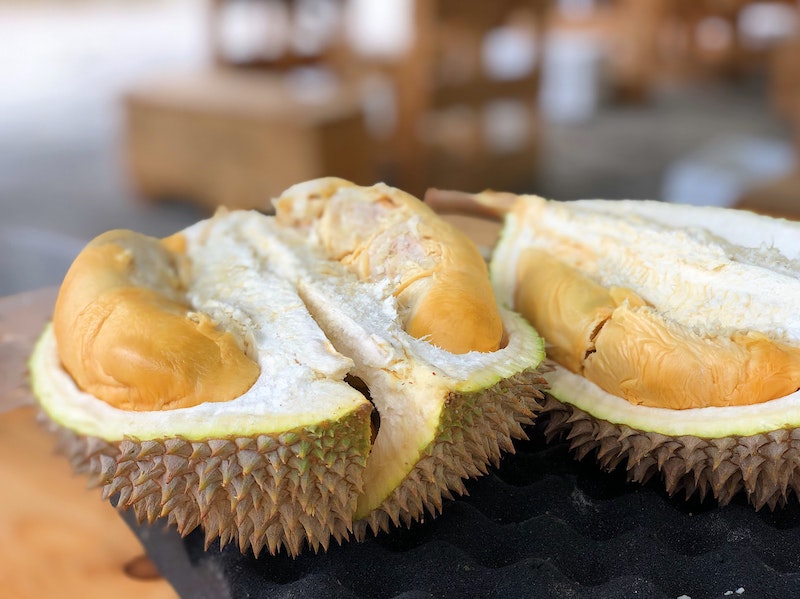
Durian is so popular in China you can find durian-flavored candies and even durian pizzas served in some Chinese restaurants. However according to traditional Chinese medicine eating too much durian might cause internal heat or discomfort. The thorn-covered husk and strong pungent odour are the signature features of this fascinating exotic fruit in China.
3. Bayberry 杨梅 (Yángméi)
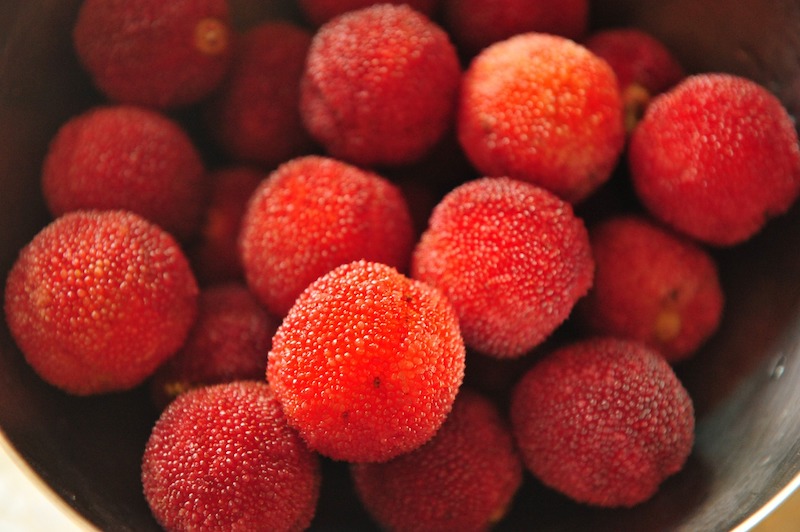
4. Buddha’s Hand 佛手 (Fóshǒu)
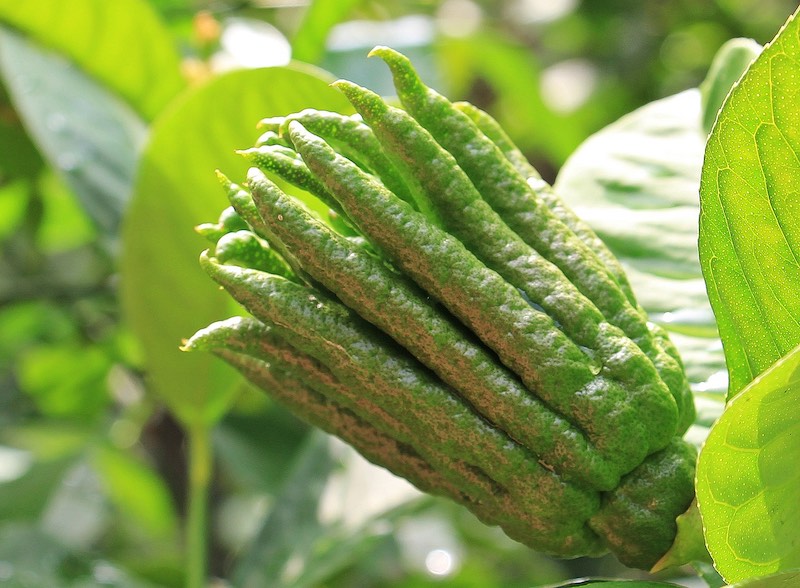
In Chinese culture the Buddha’s Hand symbolizes happiness, longevity and good fortune. The plant is sensitive to frost heat and drought thriving best in temperate climates. Besides being a fruit it’s also widely used as an ornamental plant in China.
5. Lychee 荔枝 (Lìzhī)
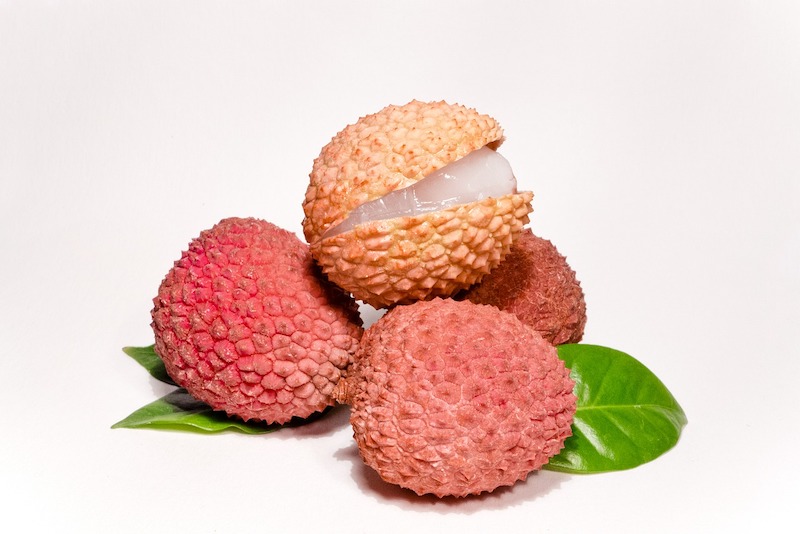
The lychee fruit is mostly eaten fresh but can also be canned and is commonly found in Chinese desserts making it a popular and healthy choice for those exploring Chinese fruits.
6. Dragon Fruit 火龙果(Huǒlóngguǒ)
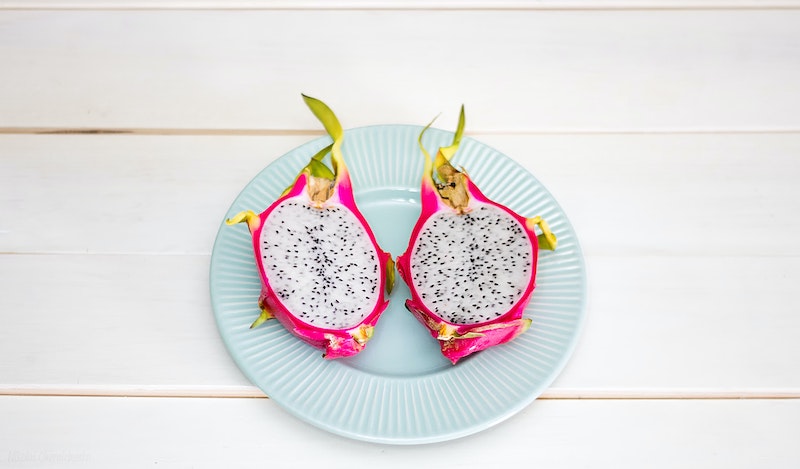
7. Mangosteen 山竹 (Shānzhú)

8. Longan 龙眼 (Lóngyǎn)

The longan fruit is another beloved Chinese tropical fruit with a name that translates to “dragon eye” due to its translucent flesh and dark seed resembling a dragon’s eye. Related to the lychee and part of the soapberry family, the longan is sweeter and less juicy than lychee. It can be enjoyed fresh, but is more commonly found dried as a popular Chinese snack used in traditional Chinese desserts and savory dishes. Dried longans are especially common in Chinese herbal soups and sweet recipes.
So next time you’re exploring a fruit stall in China or visiting a local market, even browsing through a Chinatown fruit stand abroad, keep an eye out for these unusual Chinese fruits and don’t miss the chance to try exotic fruits in China for a unique and flavorful experience.
FAQ: Unusual Fruits in China
01. What exotic fruits are popular in China?
Popular exotic fruits in China include dragon fruit, mangosteen, longan, lychee, bayberry, durian, buddha’s hand and rambutan. These tropical fruits are widely sold at Chinese fruit markets and loved for their unique flavors and health benefits.
02. Where can I buy unusual Chinese fruits?
You can buy unusual Chinese fruits at local fruit stalls, wet markets and supermarkets in China. In many countries, you can also find them in Asian grocery stores or Chinatown markets.
03. Are exotic fruits in China safe to eat?
Yes, most exotic fruits in China are completely safe to eat when washed and peeled properly. Some like durian and buddha’s hand have a strong smell or unusual look but are enjoyed regularly in Chinese cuisine.
04. Which Chinese fruits are best for tourists to try?
For first-timer’s fruits like lychee, dragon fruit, longan and mangosteen are great choices. They are sweet, easy to eat and available in most regions of China.
05. What is the smelliest fruit in China?
The durian is known as the smelliest fruit and is often described as having a strong odor. It’s either loved or hated but remains a popular treat in many Chinese desserts and snacks.
06. Which Chinese fruit looks like a dragon’s eye?
The longan fruit is called “dragon eye” because its translucent flesh and dark seed resemble the eye of a dragon. It’s similar to lychee but sweeter and often used in Chinese soups and desserts.
07. Can I bring Chinese fruits back to my country?
Most countries have restrictions on importing fresh fruits. Always check your country’s customs guidelines before attempting to bring back Chinese tropical fruits like lychee or dragon fruit.
📘 Ready to start your Mandarin journey?
👉 Discover the smarter way to learn Chinese online with That’s Mandarin and find out why thousands of learners worldwide choose That’s Mandarin & NihaoCafe.

